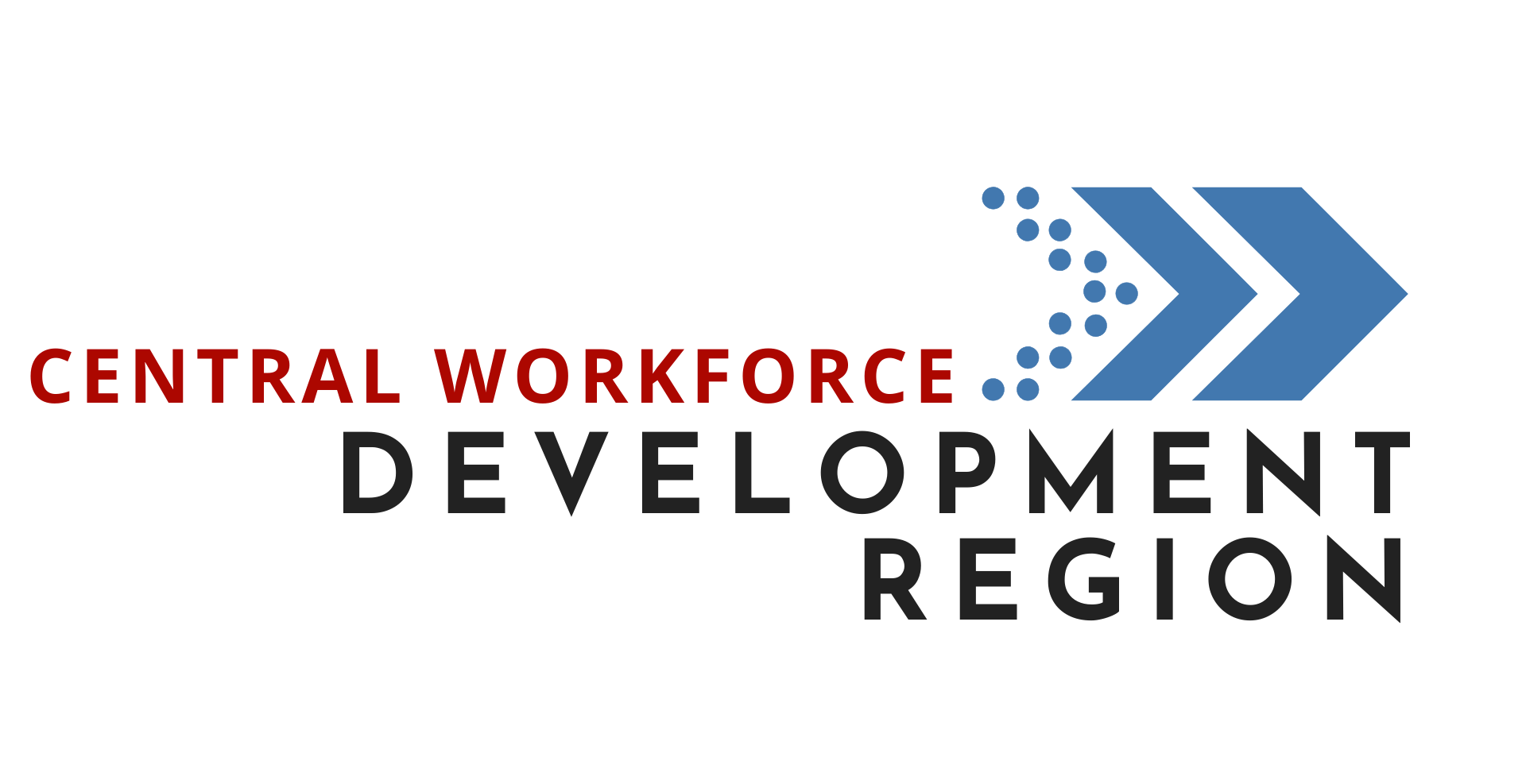In the fast-paced world of work, where deadlines loom and expectations run high, taking a moment to express gratitude might not seem like a top priority. However, cultivating a culture of gratitude in the workplace can make a significant difference, not only in the morale of your team but also in the overall success of your organization.
Gratitude isn’t just a kind gesture; it’s a strategic move for enhancing productivity, motivation, and job satisfaction.
The Benefits of Workplace Gratitude:
Research has shown that gratitude in the workplace comes with a myriad of benefits. When employees feel appreciated, they tend to be more engaged, motivated, and loyal to their organizations. They are also more likely to go the extra mile and take pride in their work. A study by the American Psychological Association found that simple acts of gratitude can lead to increased happiness, which, in turn, can boost productivity and well-being.
Ways to Express Gratitude:
Gratitude can be expressed in various ways, both big and small. Here are some effective methods:
- Verbal expressions: Sometimes, a simple “thank you” or a sincere compliment can go a long way. Take a moment to acknowledge your colleagues and express appreciation for their efforts.
- Written notes: Handwritten thank-you notes or digital messages can be powerful. Personalize your messages to make them more meaningful.
- Public recognition: Give credit where it’s due in team meetings or through internal communication channels. Publicly acknowledging achievements fosters a sense of pride and accomplishment.
- Small tokens of appreciation: Gifts, gift cards, or other gestures of kindness can show that you value your colleagues’ contributions. These don’t need to be extravagant but should be thoughtful.
The Role of Leadership:
Leaders play a crucial role in setting the tone for gratitude in the workplace. When leaders lead by example, it encourages a culture of appreciation throughout the organization.
Effective leadership in this area involves actively demonstrating gratitude, promoting recognition programs, and ensuring that policies support a culture of appreciation.
The Workforce Link Podcast offers forward thinking conversations for the workforce, linking employers and job seekers to a brighter tomorrow. Check out the details here…
Employee Recognition Programs
Formal recognition programs can be a structured way to promote gratitude. These programs often include peer-to-peer recognition, manager-to-employee recognition, and other initiatives designed to celebrate achievements and hard work.
When done right, recognition programs can motivate employees and strengthen team bonds.
The rise of remote work has presented new challenges for expressing gratitude. In a virtual work environment, it’s important to get creative. Consider hosting virtual appreciation events, such as team video calls or online recognition platforms, to ensure that remote team members also feel valued and appreciated.
Tips for Individuals:
Individually, you can also make a difference by incorporating gratitude into your daily work life. Here are a few tips to get you started:
- Start your meetings with a gratitude moment.
- Keep a gratitude journal to reflect on the positive aspects of your work.
- Celebrate small wins and achievements with your colleagues.
- Always remember to say “thank you.”
Incorporating gratitude into the workplace is not just a feel-good gesture; it’s a strategy that can lead to happier, more productive teams. By acknowledging the efforts and contributions of your colleagues, you can foster a culture of appreciation that will have a lasting, positive impact on your organization.
So, why wait? Start expressing gratitude today and watch your workplace transform for the better.

